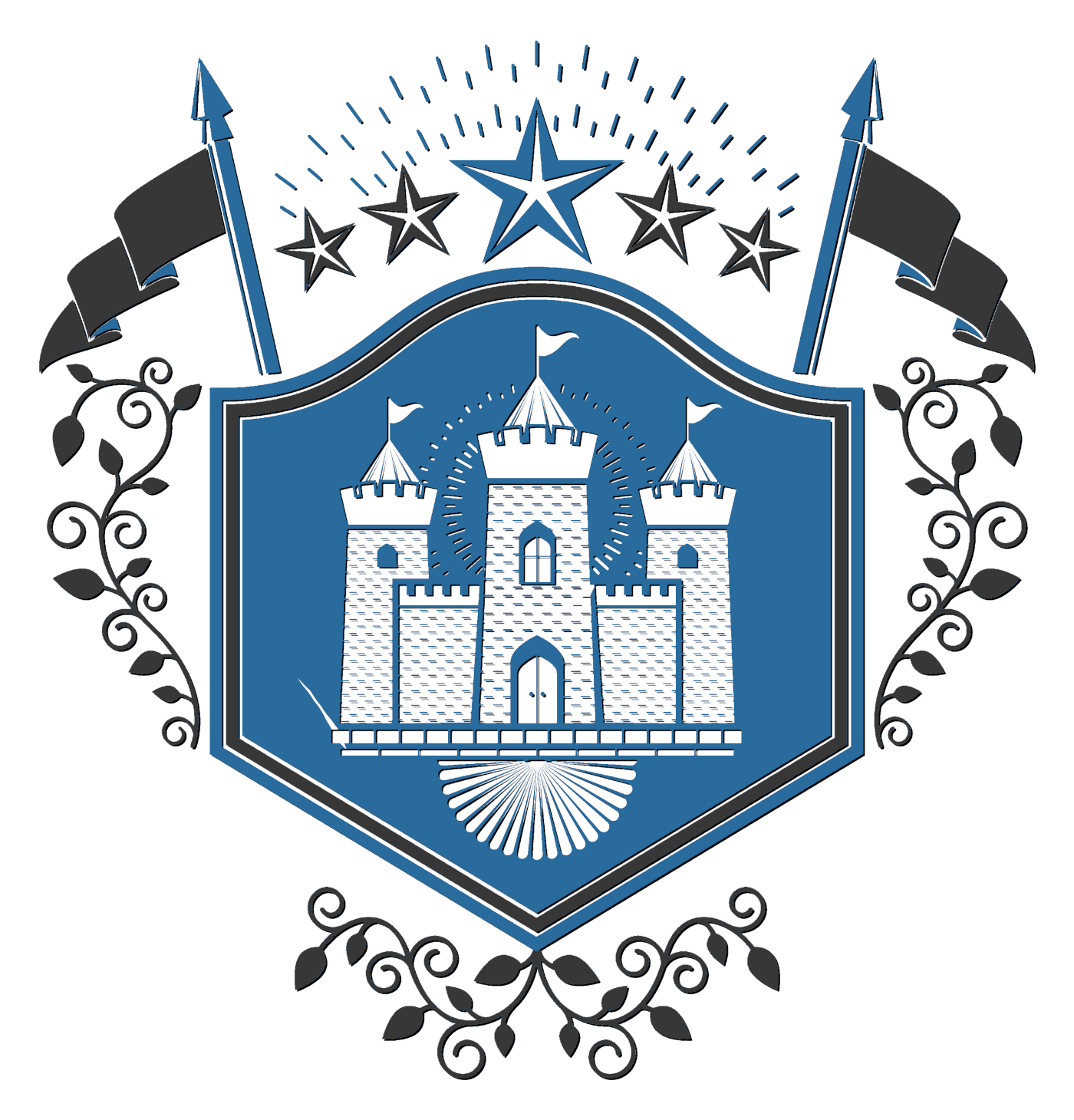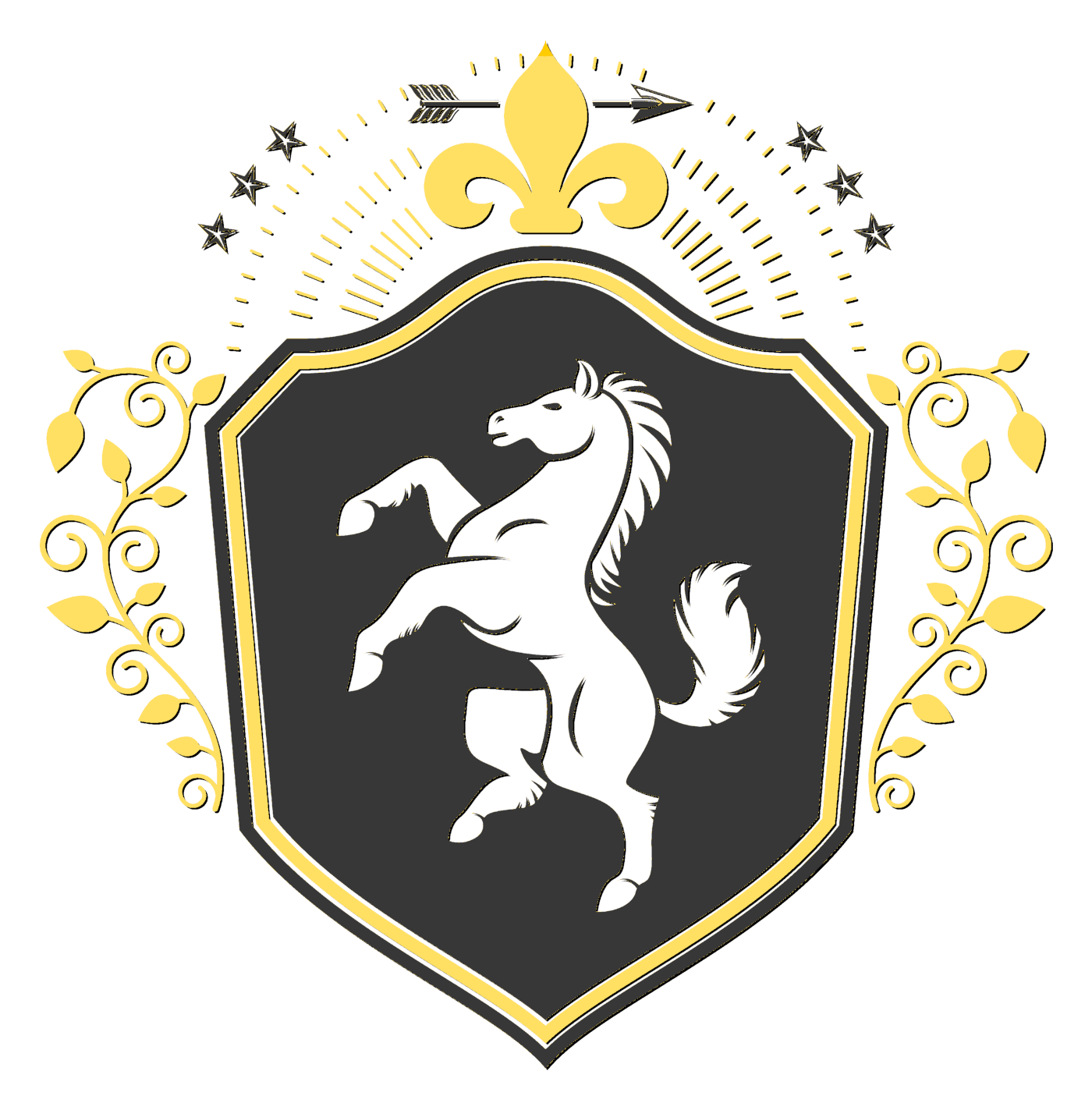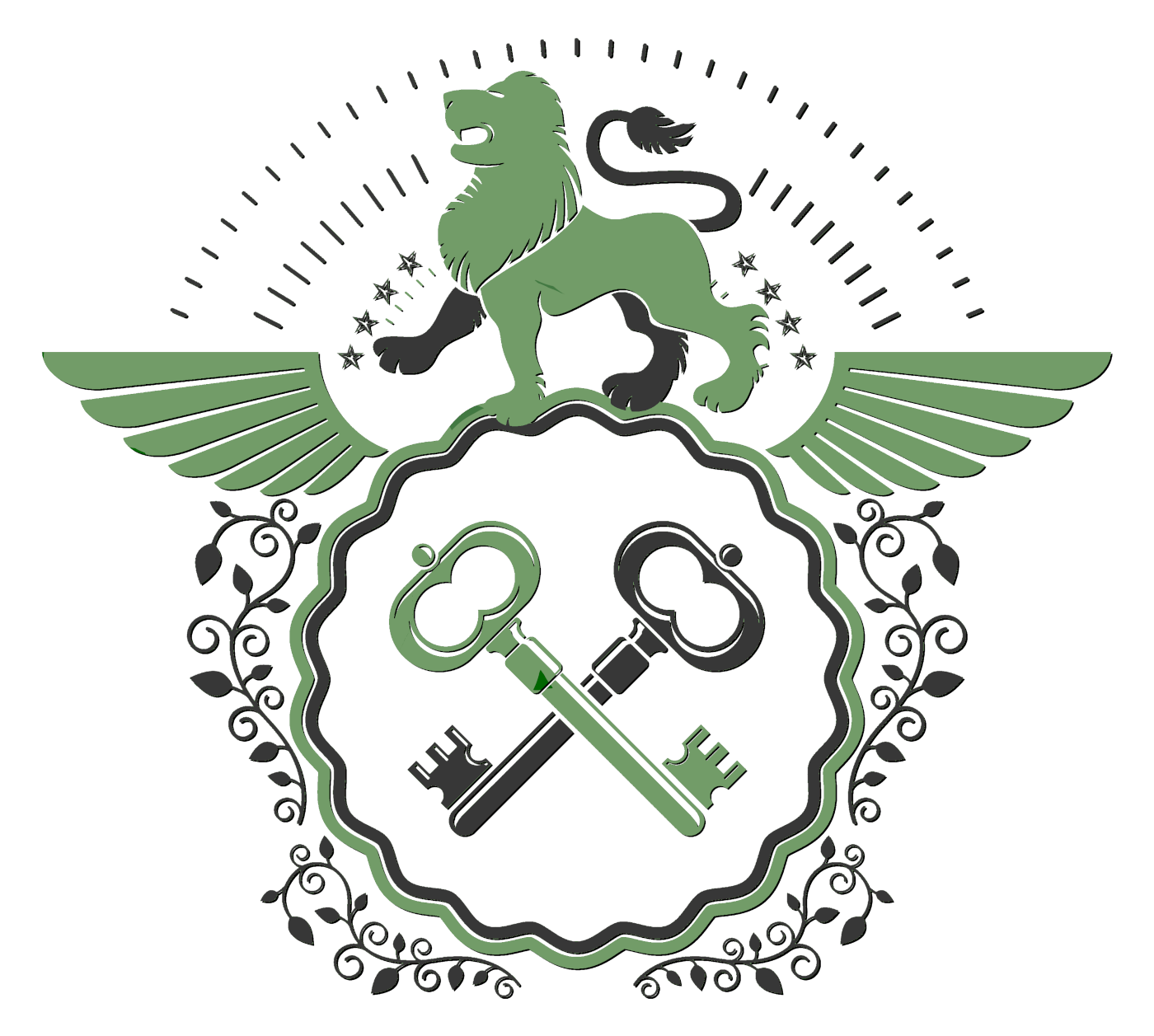| Foundational Member |
 |
 |
Joined: December 2nd, 2009, 11:01 pm
Posts: 1461
|
Writing Horses in Fantasy
by Evening L. Aspen
In most fantasy novels, horses play a role, whether they be used simply for traveling, or if they are a major character. They also happen to be one of the most romanticized creatures in fantasy. Many times fictional horses are given super-horse abilities without any indication of how they got that ability in the first place. Portraying the horses in your novel realistically will not only appease your horse-saavy readers, but it will also add another, if small, layer of realism to your novel.
Before we continue, I must clarify what I mean by “realistic portrayal of horses”. I am not talking about taking fantastical liberties in your fantasy world, such as giving a horse the ability to talk or fly. Just because horses in our world can’t do those things doesn’t mean that those in yours can’t. What I am talking about is writing your horses’ abilities and mannerisms in such a way that they match up with real-life horses.
So, if you are including horses in your fantasy novel, this article is written for you. Here you will find handy information regarding travel on horseback and basic horse behavior, both of which will help your fictional horses become more real and familiar to your readers. Ready? Let’s go!
Travel
Probably the main use of horses in the traditional medieval-style fantasy novel is travel. Just about everyone from noblemen to your heroic MC may end up riding a horse at some point. After all, it’s quicker than walking (on most terrain). Although terrain, the horse’s health and training, and the rider’s health and skill, all factor in on how fast and far a horse can travel, here is a basic summary of approximate speeds for each gait of the horse:
walk - the walk is a four-beat gait that is pretty self-explanatory. It averages around 3-4 miles per hour. When traveling long distances, horses tend to do a lot of walking to rest between faster gaits.
trot - the trot is a diagonal two-beat gait, meaning that the horse’s hind left and front right legs pick up at the same time, and vice versa for the other step. The trot is generally uncomfortably to ride, and wouldn’t you know it also happens to be most horses’ favorite gait. The trot averages around 8-10 miles per hour.
canter - the canter is a three-beat gait that feels rather like riding a giant rocking horse. It is more comfortable to ride than the trot. It averages around 10-17 miles per hour. Horses usually only canter for short bursts. When traveling up hills, horses usually like to gain momentum by cantering.
gallop - the gallop is the fastest gait and probably the least-often used. It averages at 30-50 miles per hour. Horses usually only gallop for short stretches. Often times, fictional horses gallop for miles. As Bree in C. S. Lewis’ the Horse and His Boy puts it, “All that about galloping for a day and a night, like in stories, can't really be done. It must be walk and trot: but brisk trots and short walks. And whenever we walk you two humans can slip off and walk too.”
When it comes to traveling on horseback over miles of terrain, the closest real-world sport is endurance riding. In most endurance races, riders and their horses cover 50-100 miles in a day. They usually ride at a trot, with short spurts of cantering over flat open areas and lots of brisk walking in so that horse and rider can rest.
Remember to take into account the terrain your horses will be traveling. Most horses don’t do well with steep, rocky slopes, so if your characters need a ride up a mountain or down into a canyon, they may want to find some sure-footed mules.
Also, be sure to consider what type of horse you’re working with. Is it a small horse bred for speed, a strong horse bred for stamina, or a large horse bred for carriage-pulling and farm work? You may want to consider developing special breeds of horses based on the needs of the different peoples in your world.
Behavior
Horses in fiction are often personified, something that often turns off equestrian readers. They seem to whinny or nicker at just the right time, nod or shake their heads when someone asks them a question, and gallop across acres of pasture just to greet their masters. Very rarely does this happen with real horses. Oftentimes they are more interested in their hay than their people!
Horses are prey animals, and as a horsewoman I know put it, “the two things a horse wants to know are ‘who’s in charge?’ and ‘who’s going to eat me?’” When they feel threatened, horses chose flight above fight. They also have a strong attachment to their food. Most horses would rather stay out in their pasture and graze than get saddled up for work. They would rarely run up the fence to greet you unless they know you have treats.
Horses communicate with each other via body language, and most horses don’t vocalize very often. Horses tend to only nicker, whinny, or neigh when they are scared, happy to see you, calling to a horse friend far away, or expecting food.
Since they communicate with body language, they are in turn good at reading humans. Much of horse training revolves around using the nuances of human body language to communicate with the horse. Horses can sense when a rider doesn’t know what they’re doing, and in their mischievousness they usually try to get rid of said rider. 
Horses’ moods can be read through their body language. The positions of their ears and legs combine with the tightness of their lips and eyelids to display their moods. A happy and alert horse stands with his head tall, ears forward, and eyes wide and interested. A bored horse looks about the opposite; droopy head, a back foot cocked, ears flopping, and eyes nearly shut. Sometimes his tongue will stick out.  An angry horse pins his ears with his head extended, cocks a back foot (intending to kick) and the whites of his eyes may show. A frightened horse looks about the same, though their ears are usually forward and tense and they are more jumpy than the angry horse. A swishing tail means irritation, whether because of flies, discomfort, or a person the horse finds annoying. An angry horse pins his ears with his head extended, cocks a back foot (intending to kick) and the whites of his eyes may show. A frightened horse looks about the same, though their ears are usually forward and tense and they are more jumpy than the angry horse. A swishing tail means irritation, whether because of flies, discomfort, or a person the horse finds annoying.
Senses
As far as their five senses go, horses are superior to humans. As prey animals, they rely mainly on hearing and sight, though the rest of their senses are better than humans as well.
The horse has the largest eye of any land mammal and can see better at night than humans. They can see nearly 350˚, though they have blind spots directly behind and in front of them, and close to the sides of their neck. They may get startled if someone surprises them coming up from a blind spot, which is why you’ve heard that you should walk six feet behind a horse.
Although not their strongest sense, horse’s sense of smell is so keen, it can smell strangers. This is because it can smell what the person has been eating and other scents that have rubbed off on them. Some say that horses can also smell fear, though others argue that the animals are actually reading body language.
Horses have a great sense of hearing. Their ears can point in all directions, allowing them to hone in on sounds.
The horse’s sense of smell, hearing, and sight combine to make them nearly unsurprisable. Your characters will never be surprised by a wild animal or an ambush while riding horseback. The horses would pick up on the sounds and smells of the intruders and become anxious.
Conclusion
By incorporating realistic mannerisms and abilities to the horses in your fantasy novel, you will appease your horse-loving readers and add a layer of familiarity to your book. Also, your novel will stand out from other novels in which the horses are shallow and cliché. Writing the horses in your book in an interesting way will add flavor to your novel, whether the horses play a large or small role.
Do you give the horse his might?
Do you clothe his neck with a mane?
Do you make him leap like the locust?
His majestic snorting is terrifying.
He paws in the valley and exults in his strength;
he goes out to meet the weapons.
He laughs at fear and is not dismayed;
he does not turn back from the sword.
Upon him rattle the quiver,
the flashing spear, and the javelin.
With fierceness and rage he swallows the ground;
he cannot stand still at the sound of the trumpet.
- Job 39:19-24 (ESV)
------------------------
Special thanks to BushMaid, Celestria, and Lady Eruwaedhiel for your helpful observations and ideas on this topic.
|
|




